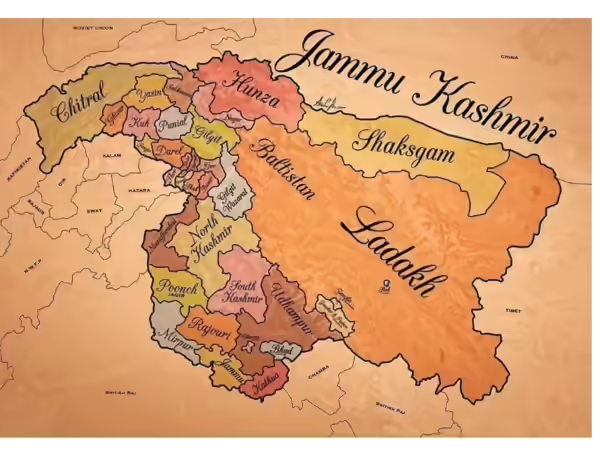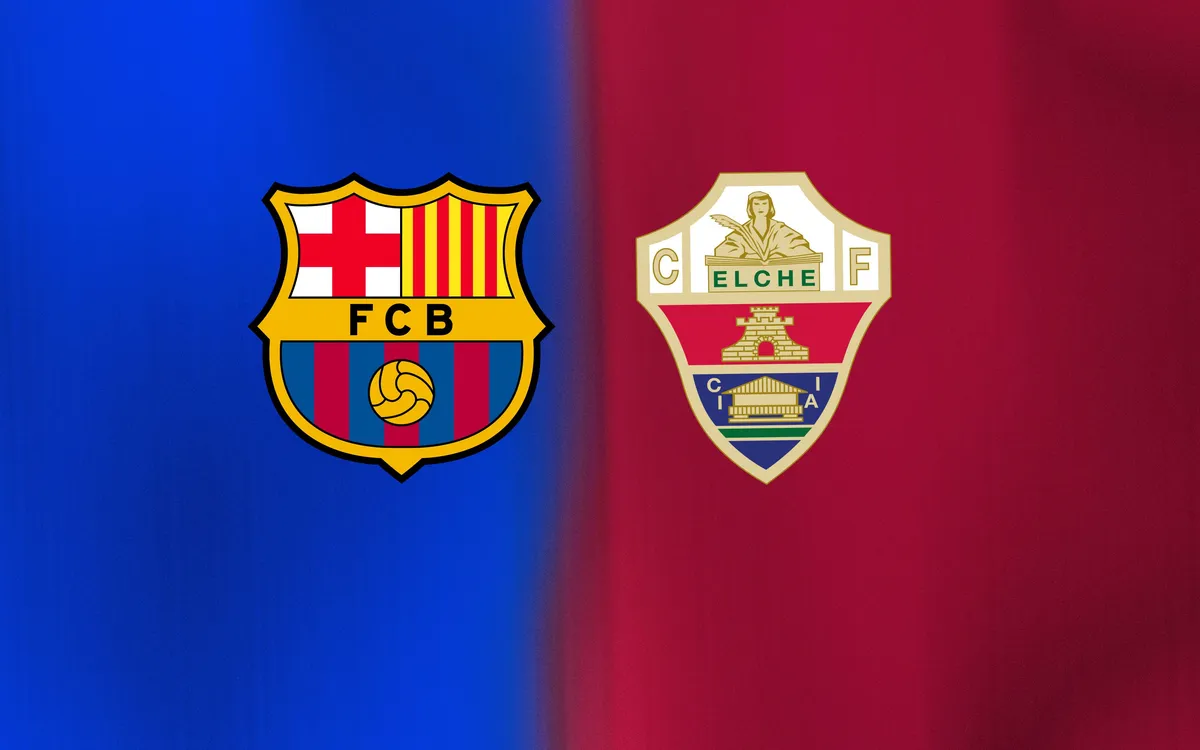Imagine searching through the 16th page of Google results and stumbling upon an ancient lost city. That’s exactly what happened when a PhD student came across hidden survey data that revealed a massive Maya settlement buried deep within the jungles of Mexico.
Archaeologists have now confirmed the existence of a vast urban center, complete with pyramids, ball courts, amphitheaters, roads, and water reservoirs. This city, named Valeriana, might have once been home to 30,000–50,000 people, rivaling the size of major Maya capitals.
This discovery is not just another archaeological breakthrough—it challenges old assumptions about tropical civilizations and sheds new light on how advanced and dense Maya urban life was nearly 1,200 years ago.
The Accidental Discovery
- The city was discovered by Luke Auld-Thomas, a PhD student at Tulane University, USA.
- While conducting online research, he found a LiDAR survey report created for environmental monitoring by a Mexican institution.
- Unlike traditional archaeology that relies on excavation, LiDAR (Light Detection and Ranging) can penetrate dense jungle canopies and reveal buried structures with high accuracy.
What is LiDAR and How Did It Help?
LiDAR is a remote sensing technology where aircraft send thousands of laser pulses toward the ground. By measuring the time it takes for these signals to bounce back, researchers can map hidden terrain, even beneath dense forests.- Trees and vegetation are digitally “removed.”
- What remains are the outlines of buildings, roads, pyramids, and city layouts.
- This technique has revolutionized archaeology, allowing scientists to locate ancient settlements without digging.
The Lost City of Valeriana
The ancient city was hidden for centuries under thick forest in Mexico’s Campeche state. Researchers believe it thrived between 750–850 CE during the peak of the Maya civilization. Key features include:- Two main ceremonial centers linked by dense neighborhoods.
- Pyramidal temples where rituals, burials, and offerings were made.
- Ball courts where Maya communities played their famous ballgame.
- Water reservoirs, showcasing advanced resource management.
- Amphitheaters and public plazas, indicating a vibrant social and political life.
Comparison with Other Maya Cities
- Valeriana is considered the second-most densely built site after Calakmul, one of the largest Maya cities ever discovered.
- Located just 100 km from Calakmul, Valeriana likely shared political, cultural, and trade networks with it.
- Unlike scattered villages, this was a true urban settlement with planned infrastructure and advanced architecture.
Why Did the City Collapse?
One of the most puzzling questions is: Why was such a thriving city abandoned? Archaeologists believe several factors contributed:- Climate Change – Severe droughts around 800 CE may have made the city unsustainable.
- Overpopulation – Dense living conditions created resource pressure.
- Limited Adaptability – Lack of space to expand or change urban systems.
- Colonial Impact – Later, in the 16th century, Spanish invasions destroyed many Maya settlements.
Archaeological Significance
This discovery proves:- The Maya were urban planners with advanced architectural skills.
- They developed resilient water systems to support large populations.
- Dense settlements existed in tropical forests long before modern cities.
Technology and the Future of Discoveries
LiDAR is transforming archaeology:- In the past decade, archaeologists have mapped 10 times more area than a century of manual surveys.
- Entire regions in Central and South America have revealed lost civilizations.
- The downside? Too many sites have been identified—far more than can realistically be excavated.
Implications for Maya Studies
The discovery of Valeriana reshapes our understanding of Maya civilization:- It was not a scattered jungle culture but an organized society with major cities.
- Climate change had a direct impact on societal collapse—a lesson for today.
- Many more lost cities may still lie hidden beneath tropical forests.
Conclusion
The accidental discovery of Valeriana highlights the power of technology and curiosity. A single Google search led to one of the most significant Maya finds in recent years. This lost city, buried for centuries, now challenges old historical narratives and opens new chapters in our understanding of ancient civilizations. With more LiDAR surveys underway, archaeologists believe we are only scratching the surface of what lies hidden beneath the world’s jungles.📌FAQs
Q1. What is the lost Maya city of Valeriana?
Valeriana is a newly discovered ancient Maya city located in the jungles of Campeche, Mexico. Archaeologists have identified more than 6,700 structures, including pyramids, plazas, water reservoirs, and ball courts. Experts believe the city supported a population of 30,000–50,000 people, making it one of the most significant Maya archaeological discoveries in recent history.Q2. How was Valeriana discovered?
The lost city of Valeriana was discovered accidentally by PhD student Luke Auld-Thomas while analyzing LiDAR survey data online. LiDAR (Light Detection and Ranging) technology exposed the hidden layout of the city beneath dense forest vegetation. Later, teams from Brown University and Mexican institutions confirmed the discovery, highlighting how modern technology is transforming the study of Maya civilization.Q3. What is LiDAR technology and why is it important in archaeology?
LiDAR is a cutting-edge remote sensing technology that uses laser beams from aircraft to create 3D maps of landscapes. For archaeology, it is crucial because it:- Detects ancient cities and structures hidden under jungle canopies.
- Reveals urban planning details without excavation.
- Saves years of ground survey time. In the case of Valeriana, LiDAR made it possible to uncover one of the largest Maya settlements ever mapped.
Q4. Why was Valeriana abandoned?
Historical research suggests Valeriana collapsed around 800 CE. Likely reasons include:- Severe droughts that caused water shortages.
- Overpopulation that strained food and resources.
- Internal conflicts among Maya kingdoms. When the Spanish arrived in the 16th century, many Maya cities had already declined, and colonization further destroyed these once-great civilizations.
Q5. How big was Valeriana compared to other Maya cities?
Valeriana is the second most densely built Maya city after Calakmul. Covering 16.6 square kilometers, it had monumental pyramids, ceremonial plazas, and an advanced water system. Its scale and density prove it was a major political, cultural, and economic hub, comparable to world-famous Maya cities like Chichen Itza and Tikal.Q6. What does this discovery reveal about the Maya civilization?
The discovery of Valeriana reshapes our understanding of the Maya civilization. It shows the Maya were advanced city-builders with:- Complex urban planning and public infrastructure.
- Sophisticated water management systems.
- A highly organized social and political structure. This challenges earlier misconceptions that the Maya lived in small, scattered villages. Instead, they were one of the most advanced ancient civilizations in the world.


















Responses (0 )